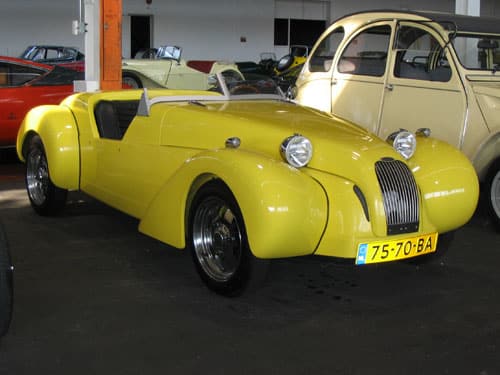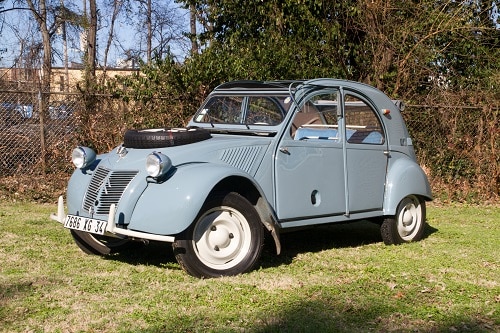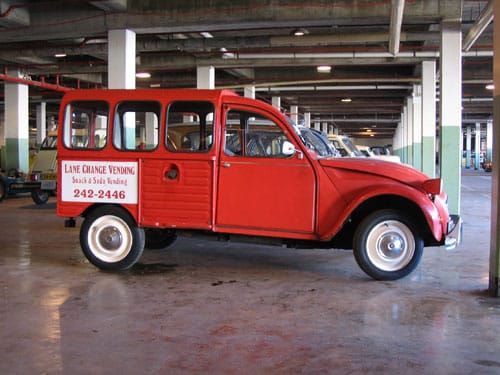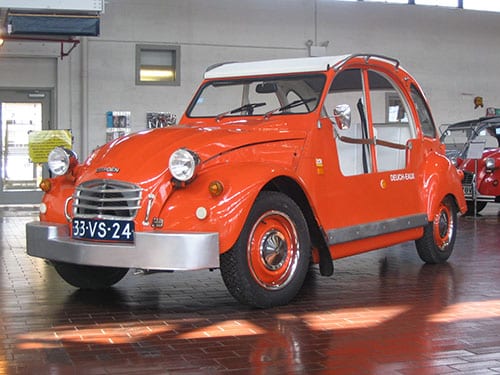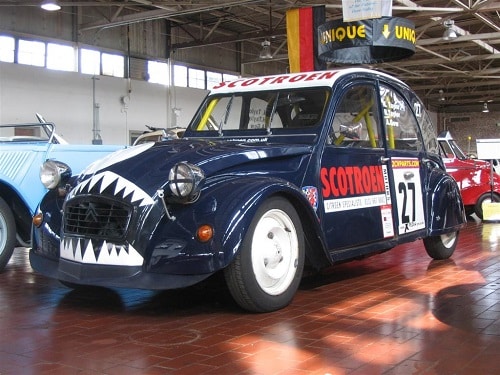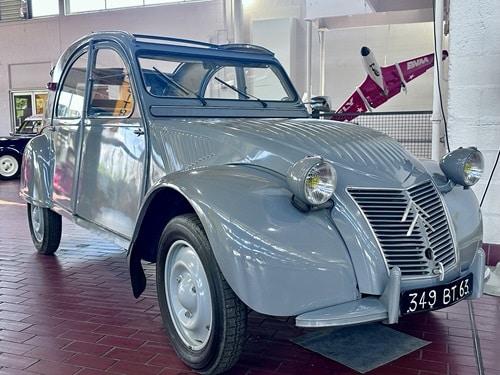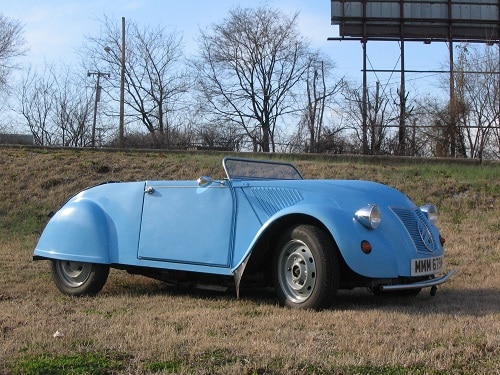Burton- 2002
The Göbel brothers of the Netherlands established Duckhunt Company in 1993. Dimitri Göbel is the engineering genius, and Iwan Göbel has the business expertise. This company specialized in servicing Citroën 2CVs. With their passion for car design and technology, combined with their love of the 2CV, Dimitri designed the car of his dreams – the […]

